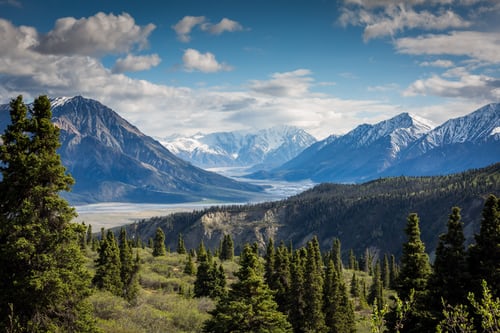Basic Rules for Shooting Macro Photography


Macro photography is a great way to capture the internal structure of small objects. It’s also an excellent technique for capturing details of living things like insects and plants. However, there are some basic rules that you should follow when shooting macro photos. These rules can make your photography more professional and unique.
Focus Manually
One of the most critical aspects of macro photography is focusing on the details. Often, this means looking for tiny patterns, veins, and bark in the leaf or flower. Rather than relying on autofocus, most macro photographers prefer to focus manually because it can be faster and easier to fine-tune. This is especially useful if your subject moves, making it harder for the AF mode to lock on.
Another critical factor in focusing is your composition, which needs to be carefully planned out and balanced. In this way, you can get the most out of your shots. Because of the narrow apertures used in macro photography, lighting can be an issue. For this reason, using a flash is an effective way to improve your shots.
Move Your Subject
If you want to take more interesting and unique photos with macro, it’s best to move your subject. This can be done by placing a flower or plant on a flat surface and then moving it straight or left. This will allow you to change the angle of your shot and create a more compelling background bokeh. Once you’ve found a new position for your subject, it’s time to focus manually. This can be tricky, but it’s crucial for achieving the best results.
Macro photography requires a lot of patience, and you’ll need to keep taking pictures until you get the perfect keeper. You may even have to wait a few hours for the light to be just right. You must also know the shortest distance your lens can focus at a given magnification. This is called the working distance. It’s smallest at 1:1 magnification, though it can be more significant with lenses with longer focal lengths.
Practice Patience
When it comes to shooting macro photography, patience is the key. It’s a skill that can help you capture tiny subjects such as insects, flowers, and other inanimate objects in their best light. The ability to practice patience when taking macro photos is essential for producing quality shots that you can be proud of.
Macro photography requires dedicated gear and more planning than other photographic genres. It also requires a keen eye for detail and a steady hand to avoid making mistakes. If you’re a beginner, a lens for your camera specially designed for macro shooting will give you the best results. It should also have a magnification ratio (magnification of the subject) close to 1:1.
Composition
Macro photography is a fun, creative way to capture the details of a small object. It can be used to add depth and detail to your online portfolio website, or it can be enjoyed for its own sake. When shooting macro, you must know how to compose your shots in-camera. This means taking the time to frame your subject correctly before you press the shutter button.
This will help you avoid cropping your images to make them look larger. It also helps you maintain your original resolution, which is essential for accurate macro photos. You can also use a close-up filter or extension tubes to create a higher magnification of the subject with your lens. However, you should be aware that these tools will cause a light loss in your images. You can compensate for this by using automatic exposure mode or adjusting your camera settings to account for the lost light.
